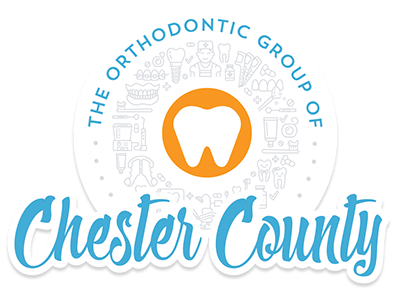An underbite is a fairly common problem for children. With a normal bite, your child’s upper teeth stick out slightly farther than their lower teeth when they bite down. With an underbite, however, the lower teeth actually protrude out farther than the upper teeth.
WHAT CAUSES UNDERBITE?
The University of Maryland Medical Center identifies genetics as the most common cause of underbite. Some children are simply born with a natural tendency for an underbite. If you had an underbite as a child, there is a good chance your son or daughter will have the same issue.
Thumb sucking, constantly pushing one’s tongue against teeth, and extended use of a pacifier can also contribute to an underbite. But these factors are much less common than simple genetics.
DOES AN UNDERBITE REALLY NEED TO BE CORRECTED?
Underbites are problematic because they do not look “normal.” It can make others think you are conveying an emotion that you aren’t trying to convey, which can be socially awkward, especially for children.
Not only that, but underbites can also cause difficulties with chewing and eating, excessive jaw pain (such as TMJ), challenges with speaking, tooth decay because of worn down enamel, sleep apnea, snoring, and difficulty sleeping.
Because of the many complications, it is recommended that an underbite is treated as soon as possible. Fortunately, there are several treatment options available, which we will now explore.
WHAT ORTHODONTIC TREATMENTS CAN CORRECT AN UNDERBITE IN CHILDREN?
There are several treatment options and they tend to vary based off the severity of the underbite. One of the reasons we recommend children visit the orthodontist by age 7 is that the earlier treatment begins, the simpler and less expensive it will be.
An upper jaw expander:
For some children, a simple appliance is all that is required. An upper jaw expander is a wire-frame device that we place across the child’s palate. Each night, you use a special key to widen the jaw expander a very small amount. Over time, this process causes the upper jaw to widen until there is no longer an underbite. Patients typically wear this appliance for about a year, followed by a retainer that helps hold the teeth in place.
The “reverse-pull” face mask:
This is another appliance, although it is slightly more complicated. It resembles headgear because it wraps around your child’s head. It uses metal bands fastened to the upper back teeth, and then pulls the upper jaw back into the correct position.
Braces:
When an appliance won’t do the trick, braces probably will. Braces are the most common way to correct an underbite. Braces are made up of several components, but essentially they involve brackets bonded directly to the front of a tooth. Brackets hold the wires that move teeth in the correct position.
Braces can also include spacers or separators that create space between teeth; the rubber ties that hold the wire to the brackets; and rubber bands that attach to the brackets of both the upper and lower teeth to apply pressure and create a perfect bite.
Surgery:
In rare cases of extreme underbite, surgery might be required. We rarely recommend surgery and avoid it as much as possible. Treating an underbite early will help ensure treatment is easy and does not require surgery.
DOES YOUR CHILD HAVE AN UNDERBITE?
If your child has an underbite and you are in the Lionville, Kennett Square, or West Chester areas, then we recommend you make an appointment with us at The Orthodontic Group of Chester County. Our team of orthodontists have extensive experience and love working with children.
Each child is unique so we will start by determining the severity of the underbite and then create a treatment plan that suits the specific needs of your child. Remember, leaving an underbite untreated can cause further complications down the road, so don’t delay!
Sources:
Crooked Teeth and Misaligned Bites
Braces and Retainers
Types of Underbite treatments and how to choose
Causes and Remedies of an Underbite in Children
Posted by Chester County Orthodontics

